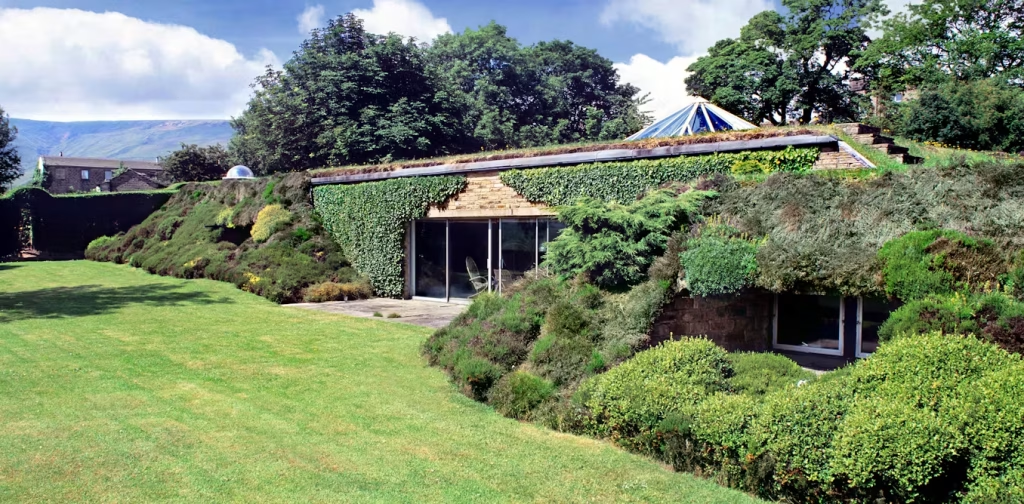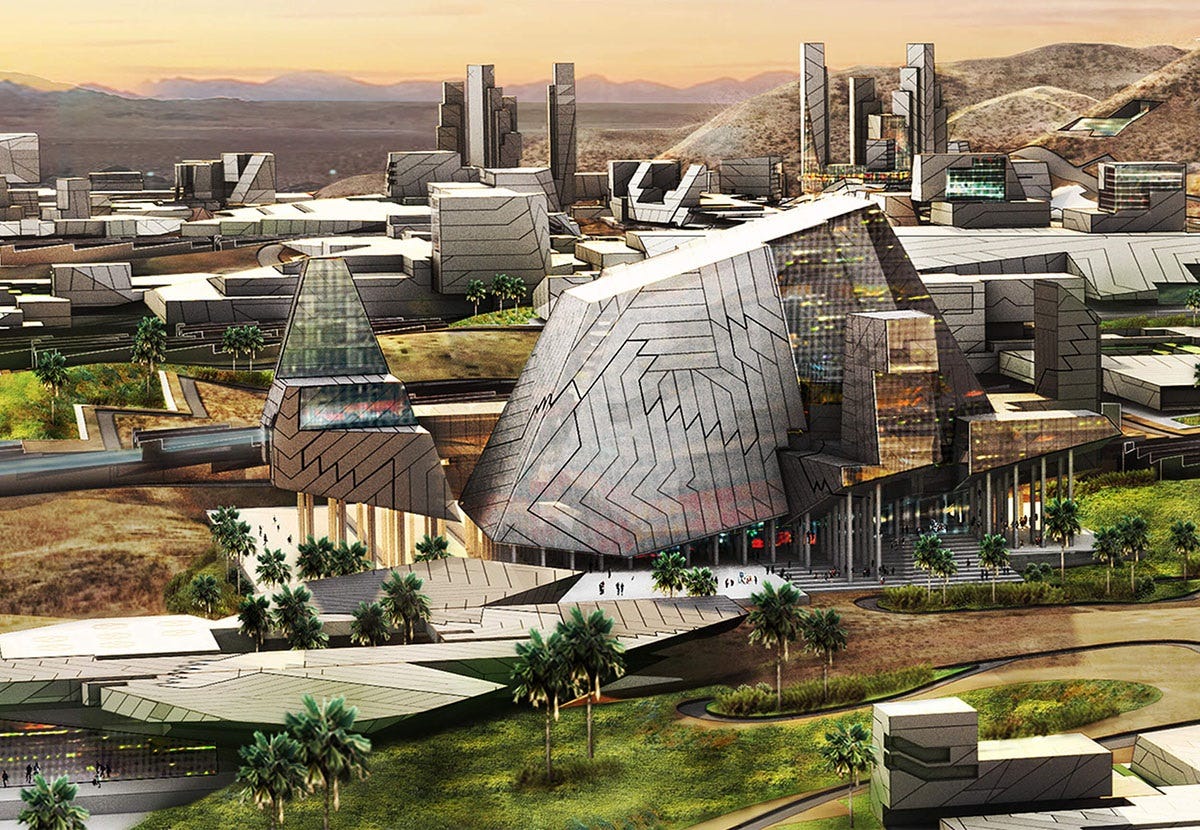The thought of making deserts usable appeared impossible ago. In all likelihood, you’d need to make them greener and more cultivable as well as full of water to achieve this. So the more you think about it, the more ridiculous this idea of making deserts habitable is.
However, Saudi Arabia seems to be doing this. Indeed, it’s changing its dust into plentiful flowering soil, which makes it habitable. What is the point of technology getting so far that we’re making deserts green and habitable areas? Yes, in a sense.
Technology can create more sustainable deserts for humans. Here’s how.
Table of Contents
Ensuring Clean Drinking Water
One of the greatest challenges facing desert areas is the availability of pure drinking water. With very little rainfall and limited surface water, the traditional methods of sourcing water do not work.
Solutions such as underground water mapping have given communities in the desert new methods to tap into the water resources that were previously inaccessible. These tools are designed to meet the specific needs of desert conditions, making each drop count.
Another new technology that’s garnering lots of attention has to do with the use of atmospheric water for harvesting. Systems based on adsorption are at the forefront of this technology. They work with specific materials that bind to water molecules suspended in the air. After being collected, the water is released and transformed into clean water that you can drink.
According to Atoco, the water harvesting technology can produce pure water out of the air, even in conditions where relative humidity is less than 20 percent. This is a huge feat considering that the technology doesn’t require a high-humidity atmosphere to work, making it ideal for deserts. So even in the desert, these water harvesting systems for the atmosphere can generate fresh water when there isn’t any.
Keeping Homes Cool Without Overheating the Plane

Extremely hot is the best description of deserts. But what can you do? Air conditioning? Sure, but it isn’t the best solution for environmental sustainability, especially when power is at a minimum. Cooling designs that are passive and intelligent architecture, on the contrary, are superior solutions in this case.
Instead of relying only on AC units, new homes in the desert are constructed with layouts and materials that naturally cool things down. Imagine reflective roofs and walls that are thick like adobe and structures that let air circulate easily. These aren’t just a matter of design but survival techniques reinvented for modern times.
Furthermore, cooling systems that are energy efficient and powered by solar panel technology make it more convenient for people to be comfortable without consuming resources. Recent innovations like radiative cooling as well as thermally-insulated coatings could significantly reduce indoor temperatures without increasing the cost of electricity.
Growing Food Where Nothing Grows
Food security is another major obstacle to living in the desert. It seems like a difficult task; however, technological advances are making it feasible.
In deserts, at present, we are seeing hydroponics as well as vertical farming as the main methods. These systems can be used to cultivate crops with just one-third of the water traditional farming needs. Additionally, you could make use of them indoors or in greenhouses, ensuring that your plants are safe from the harsh climate outside.
Sensors help to track the level of soil moisture, plant health, and levels of nutrients in real-time, which makes it simpler to maximize growth without using up resources. It’s precision agriculture with no uncertainty, and it is turning areas of barren soil into productive food-growing areas.
Tap on the Desert Sun for Energy
If there’s one thing that deserts have a constant supply and that’s sunlight. It is only sensible to make use of all the sunlight energy and make it useful.
Improvements in the efficiency of solar panels mean that desert communities can count on renewable, clean energy sources to power their water systems, homes, and even farms. Concentrated solar power plants that make use of mirrors to concentrate sunlight are currently being used in deserts to generate energy on a huge scale.
These technologies have opened up the potential of deserts to not only help local communities but also contribute to larger energy grids.
We often thought of deserts as places we should avoid. Dry, hot, and hard for us to survive in. But thanks to some amazing technology, we’re now beginning to see these conditions from a new perspective.
Presently, it’s not an abstract sci-fi idea. It’s being done. As climate change forces more regions of the globe towards desert conditions, these advances will be essential to all of us.




